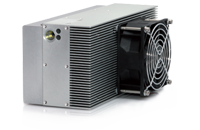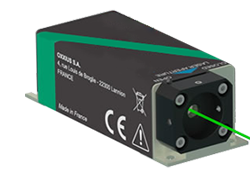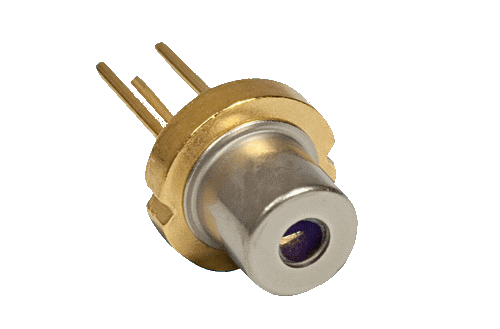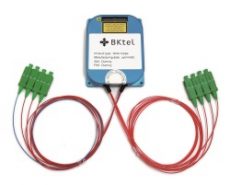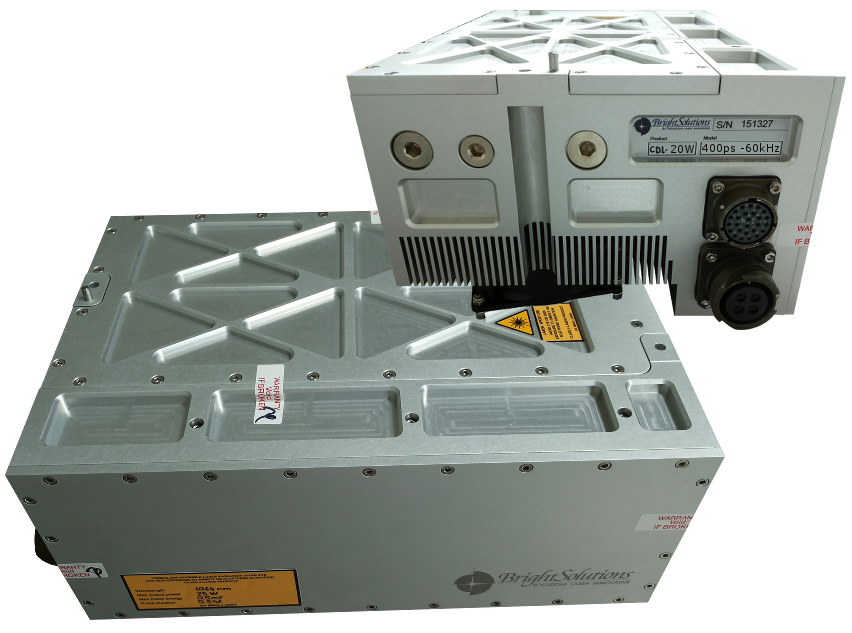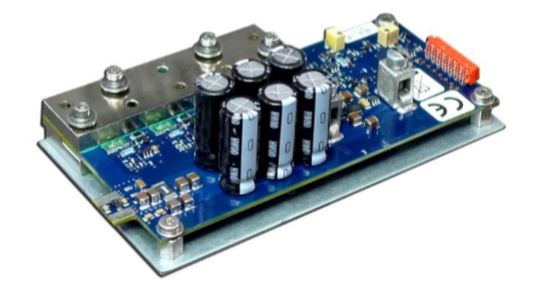The Lasers You Need From
The People You Trust
Our Experience, Your Advantage
START YOUR LASER SEARCH
Search by:
Pulse Width
Markets

Industrial & Manufacturing
Material Processing & Surface Modification
- Cutting/Drilling
- Micromachining
- Non-Thermal Ablation
- Thin Film Removal
- Marking
- Texturing
Display & Electronics Manufacturing
- LCD Repair
- OLED Production
- PCB Production
- Resistor Trimming
- Scribing
- Lithography
Communication & Data Transmission
- Telecom / Datacom
- Free Space Communication
- Intra-Satellite Communication
Joining Processes
- Welding
- Cladding
- Brazing
- Soldering
Sensing, Measurement & Characterization
- Machine Vision
- Particle Measurement
- Gas Sensing
- Raman Spectroscopy
- Interferometry

Defense & Aerospace
Remote Sensing & Imaging
- Bathymetry
- LIDAR
- 3D Scanning
Targeting & Ranging
- Range Finding
- Target Designation
- Directed Energy Weapons
Laser Illuminators
- Night Vision
- Laser Dazzling
- Anti-Sensor

Medical & Healthcare
Aesthetics
- Tattoo Removal
- Hair Removal
- Scar Reduction
Dental
- Soft Tissue Surgery
- Periodontal Treatment
- Teeth Whitening
Photodynamic Therapy (PDT)
- Cancer Treatment
- Dermatology – PDT
- Ophthalmology – PDT

Research & Biophotonics
Imaging & Analysis
- Fluorescence Lifetime
- Maldi-ToF
- Particle Image Velocimetry (PIV)
Spectroscopy & Analysis
- Laser Induced Breakdown Spectroscopy (LIBS)
- Non-linear Spectroscopy
- Raman Spectroscopy
Measurement & Analysis
- Dynamic Light Scattering
- Infrared Absorption Spectroscopy
- Laser Doppler Velocimetry
- DIAL LIDAR
- Photoluminescence
Molecular Manipulation & Analysis
- Confocal Fluorescence Microscopy
- DNA Sequencing
- Flow Cytometry
- Optogenetics
- Two-Photon Excitation Microscopy
Pump Lasers
- Pump Lasers – Fiber & DPSS
Seed Lasers
- Seed Lasers – Fiber & DPSS
Optical Amplifiers
- Fiber & DPSS
WE’RE HERE TO HELP YOU

The Lasers You Need
Your laser is likely among our vast product portfolio: from components to OEM modules to turn-key systems from industry-leading laser manufacturers, primarily in the US and Europe.

From The People You Trust
Since 1996 we have been providing honest and trusted advice with a commitment to help you find the perfect laser solution. If we don’t have it, will tell you who does.
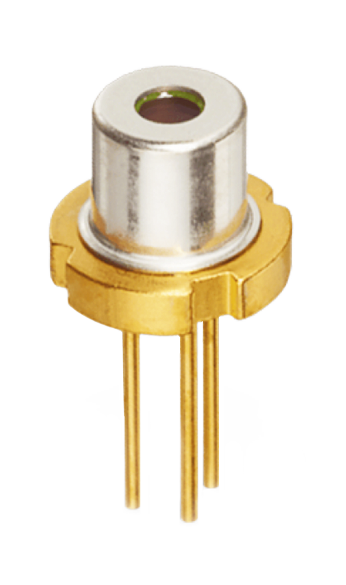

Our Experience
The largest laser distributor in North America with over 100 years of combined experience helping users find reliable standard or custom laser solutions.

Your Advantage
With high-quality, customized support for each inquiry and throughout the entire process, let our experts do the hard work to make your life easier.
NEED HELP?
Defining your requirements… ✔
Selecting the best standard laser… ✔
Developing a custom solution… ✔
We’ve got your back.
Have questions?
WHAT TYPE OF PRODUCT DO YOU NEED?
Select an option below to get started finding the right laser for you!
Standard Products
• >700 various products can be ordered online – many in-stock options
Customized Products
• Most lasers can be configured & customized to best fit your needs
Fully Custom Solutions
• Our main background and a key strength – tell us your unique requirements!

 SHIPS TODAY
SHIPS TODAY 